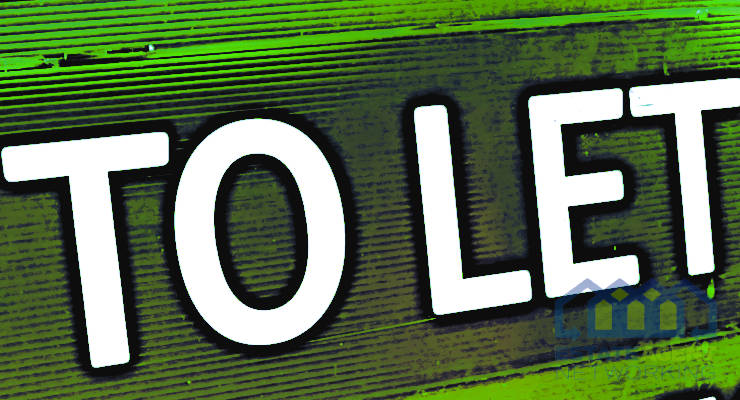Part 1: Agents, this is why you need an editorial calendar.
Have you ever stared at a blank word document ready to create a blog post and thought: “What am I going to write about?” Looking back, I can honestly say that I’ve done and thought the same thing – and I’m sure we’ve all been there at some point. This was before I started using an editorial calendar.
I decided to speak to a friend of mine about her views. She’s a writer and always uses editorial calendars. I asked her if it was so bad that a small business didn’t use one. Her answer mirrored what I already knew – “Yes.” She (and I) swears by it. Why? I’ll explain this as we go on.
So, what is an editorial calendar?
Wikipedia states that the primary purpose of an editorial calendar is “to control the publication of content to ensure regular appearance of content that interests readers… [and] to define and control the process of creating content, from idea through writing and publication.”
I’m already so busy – why should I create extra work for myself?
Using an editorial calendar helps you plan ahead and schedule deadlines for publishing posts – saving you time in the long run. Below are some reasons why you should use one:
1. Get rid of writers block
Instead of struggling for topic ideas, you can think of what to write about in advance. You can plan ahead a few weeks or months, or for the whole year. This keeps you organised and focused, improves your time management and help you publish content consistently and on time.
2. Create a strategic approach
By planning in advance, your content will have purpose and you can take a strategic approach to what content you write. And as you research topics, you may find you have too much information for one article, so you can create a series of articles on that one topic (covering two, three or more articles). Identifying and planning topics gives you structure and it helps you create relevant and valuable content.
3. Keep topics aligned with company milestones, events and holidays
You can factor in your company’s anniversary, a new product/service launch, major holidays such as Easter and Christmas, and industry related events such as The Negotiator Awards and The Estate and Letting Agent Awards (ESTAS).
4. Factor in and keep a record of guest bloggers
If you decide to have guest bloggers, you can record when and what they’ll write about. A win-win for both parties, guest bloggers gain more exposure (as you will too), and you’ll get a break from writing.
5. Re-purpose content
Any content you create is an asset. So, if you keep a record (in a content repository) of everything you’ve written, it’ll be much easier for you to look back at older content and re-use it. You could:
o Link to older articles from within a newer one.
o Re-publish them to social media platforms and other websites.
o Create a follow-on/update to the previous information you wrote about if there are further developments or changes.
o Use it to create an infographic.
o Break down content into tips and tweet/post it to social media platforms.
o Combine a number of articles into an eBook.
o Use it to inspire new content ideas.
6. Schedule publishing
By creating your articles in advance, you can schedule them for publishing based on your editorial calendar. Write your content – you can see my post on blog writing, and then schedule publishing – see my post for a strategic way to publish content and you’re done. You don’t have to remember to post it at a later date, which moves me onto my last point.
7. Reduce your stress levels
Writing quality content is not easy – and it’s worse when you don’t know what you’re writing about, when you’re posting it, or you don’t have enough time to conduct the research and write it. This can increase your stress levels, which could lead to poor quality content your readers aren’t interested in, publishing late or no content at all.
We all want to create quality content, but it’s also important to create consistency and maintain your style and tone if you really want to build your brand presence. Decide on how often you’ll create content each week or month and stick to it rigidly. Frequency creates routine. Your readers will want to read consistent articles; otherwise, they’ll look for it elsewhere.
In the second article of this two part series, I’ll show you how to use an editorial calendar based on a template I’ll include to get you started.








